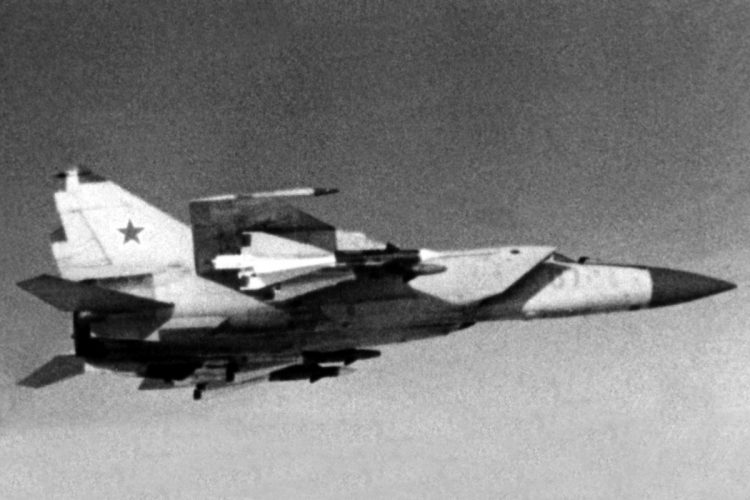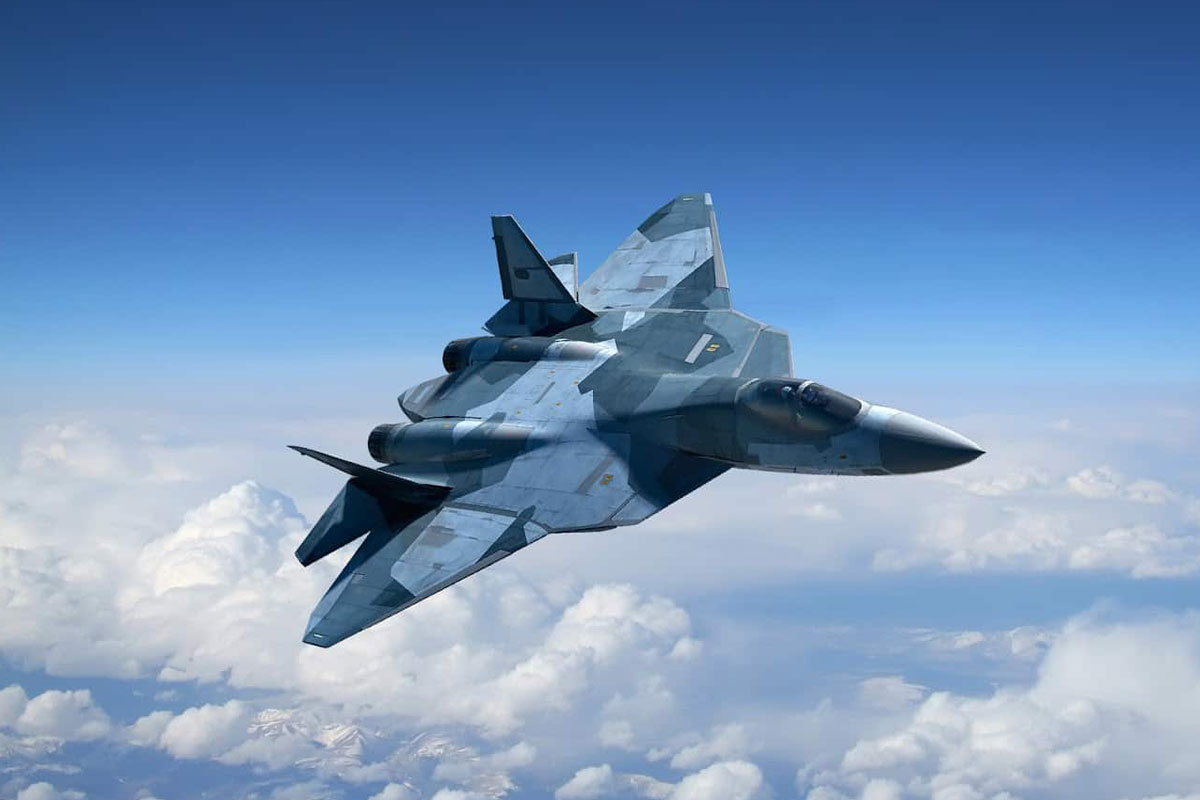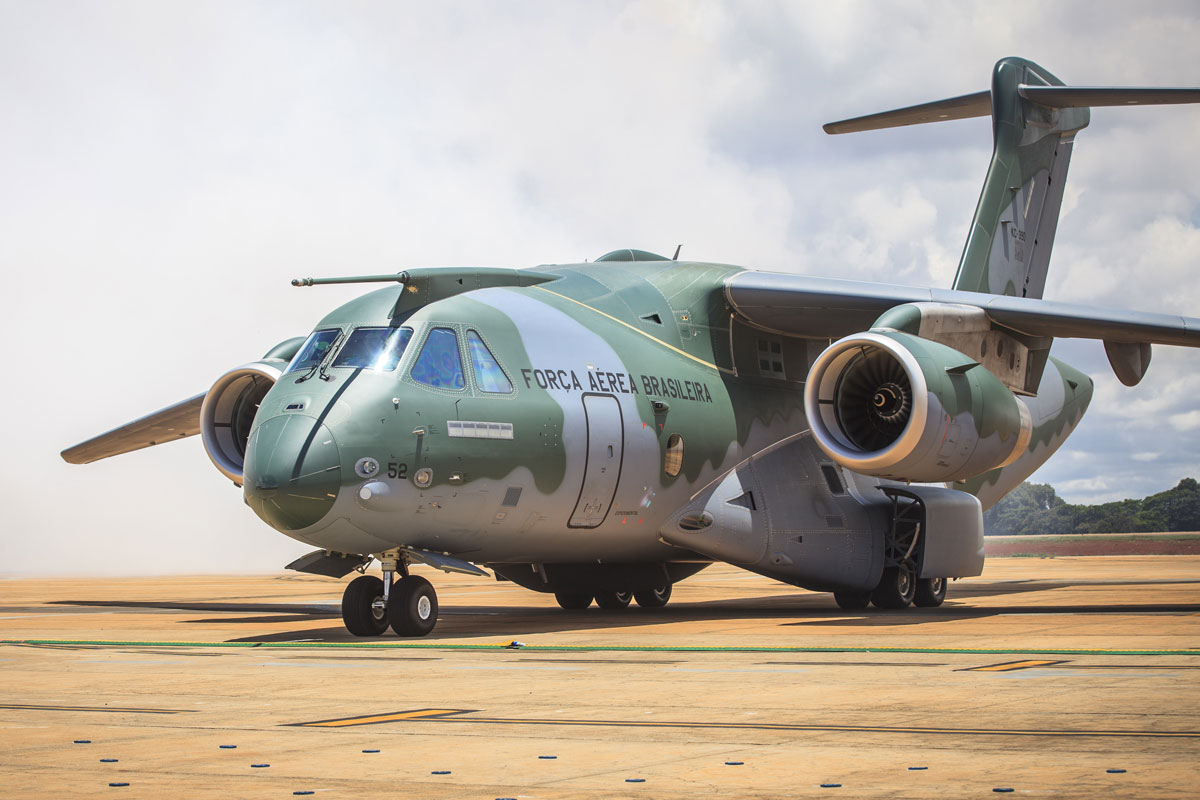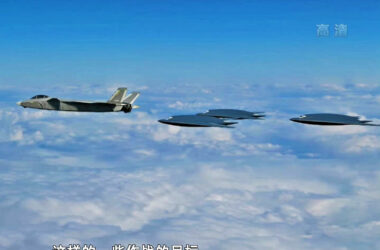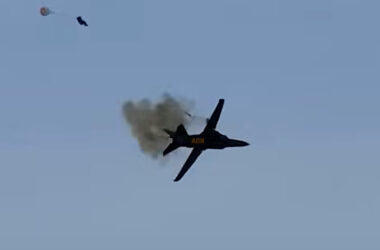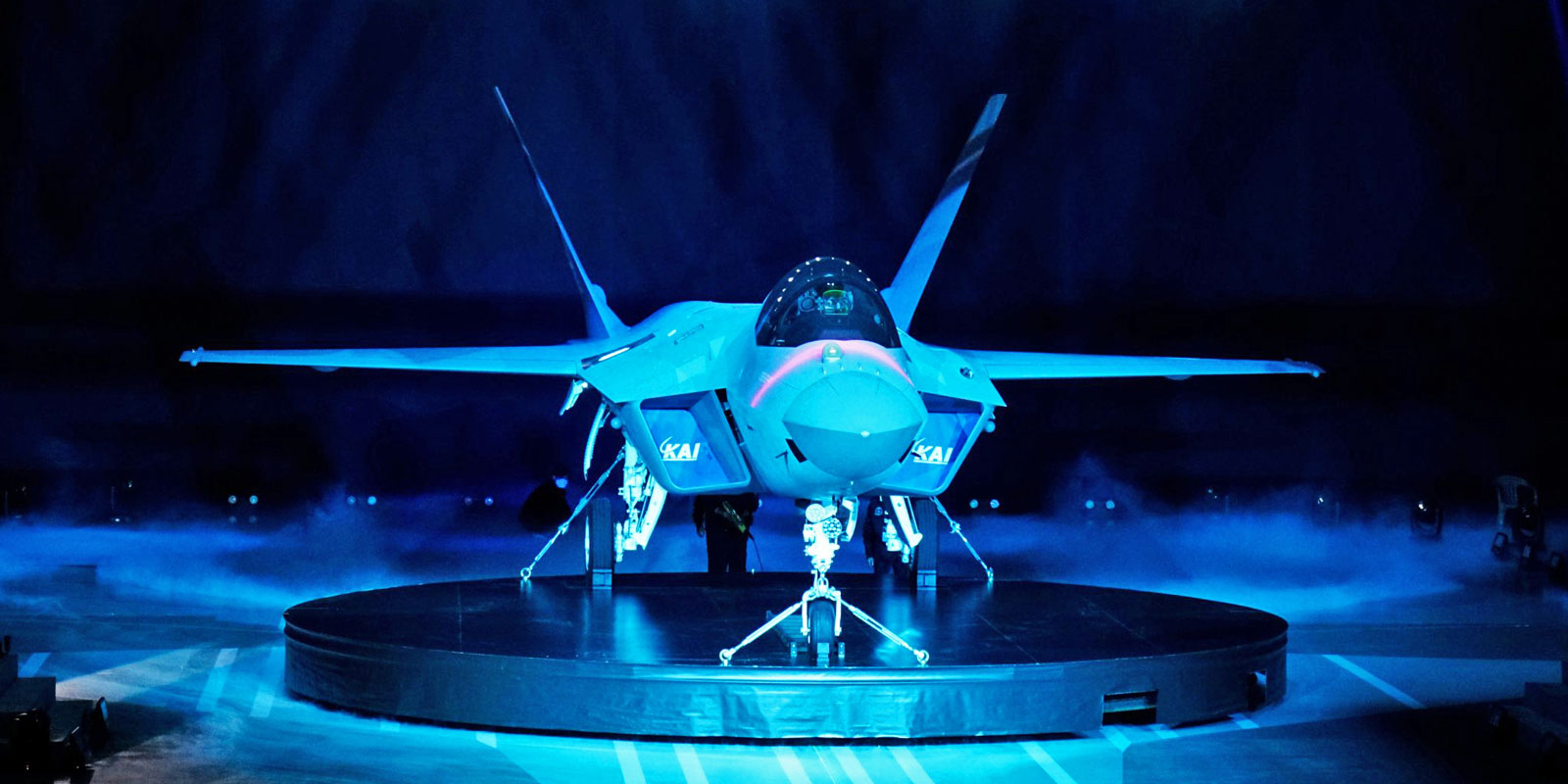In addition to investing in the production of its first stealth fighter Su-57, Russia is already preparing to develop another interceptor, the PAK DP, also known as the MiG-41. The new aircraft has been considered for a few years, but recently MiG CEO Ilya Tarasenko has revealed that the project is due to be completed by 2019.
In an interview with Russian website RIA Novorosti, Tarasenko stated that “the aircraft will use new types of weapons, will be created with new stealth technologies, can carry a large volume of weapons and will operate at a very large intercept radius.” According to rumors in Russia, development work is expected to start soon, but there is no forecast as to when the plane could go into service.
If it depends on Russian Air Force plans, however, the MiG-41 will only go into service sometime in the 2030s. The reason is that the fighter it will retire, the MiG-31, is expected to fly for many years to come. The interceptor that replaced the well-known MiG-25 had just over 500 manufactured aircraft of which half would still be operational.
Capable of flying Mach 2.8, the “Foxhound,” as NATO baptized, has the mission of intercepting aircraft in distant parts of Russian territory. Despite its age (in service since 1981), the MiG-31 is still considered a reliable and efficient aircraft. However, to stay active you need frequent upgrades. In 2012, for example, 60 units moved to the MiG-31BM/BSM version.
The fighter, which is responsible for carrying the Kinzhal hypersonic missile, is due to receive a new update in the coming years and aims to keep it in operation until 2035. Another sign of jet longevity is the fact that the D30F6 engine manufacturer used it. resumed production of some parts recently.
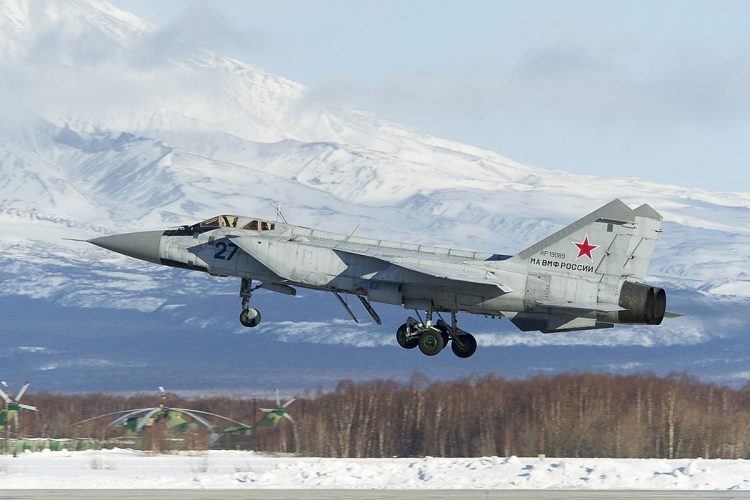
Giant
If actually manufactured, the MiG-41 should become an unparalleled interceptor. Possibly, its dimensions should be similar to those of the MiG-31, a twin-engine jet about 22 meters long and with a maximum takeoff weight of over 40 tons. These numbers would surpass the F-22 Raptor, currently the largest stealth fighter in operation. Rumors that the same MiG-31 engine could be used by the PAK DP reinforce the idea that the jet will be large, as it is thought to be a long-range interceptor.
In recent interviews, the Russian military has considered that the fighter may receive some advances such as laser weapons and the ability to operate on the space frontier, but not to mention exactly what the new MiG’s predicted altitude would be.
With 17 million km² and distant borders up to 7,000 km from Moscow, Russia has always seen these heavy interceptors as useful weaponry. From the days of the giant Tu-128 to the MiG-25, Russians have sought to have a significant amount of fighters capable of covering long distances. If the Putin government gives the green light to the project, perhaps this tradition will continue in the future.
